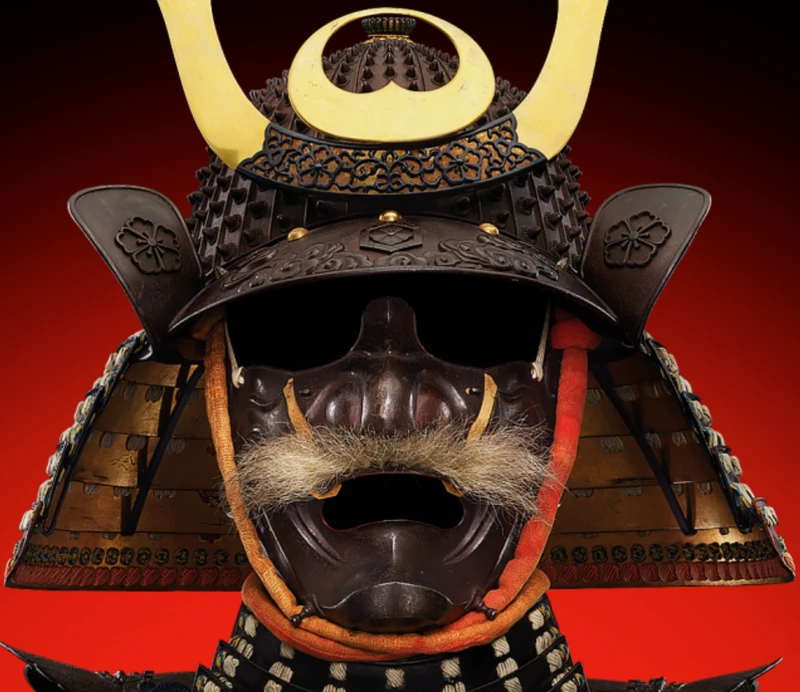Samurai
3 Feb-4 May 2026


Armour-clad warriors, epic duels, and a strict code of honour. The word samurai conjures powerful images. Yet much of what is commonly understood about the samurai today is a myth.
A major new exhibition at the British Museum, Samurai, will trace the evolution of these remarkable figures over the past 1,000 years – and will be ground-breaking as the first to explore how their image and myth was created. From the medieval period to the present day, the samurai have been fabricated, idealised and adapted for many purposes, both within Japan and beyond. Their story spans a millennium of myth and reality.
Bringing together around 280 objects and digital media from the collection and from 29 national and international lenders, Samurai reveals the many identities of Japan’s warrior class across the centuries. The samurai – known in Japan as musha or bushi – were engaged in protracted warfare and gained political dominance from the 1100s. During a long era of peace from 1615, they moved away from the battlefield to serve as government officials, scholars, and patrons of the arts, with women making up half of the samurai class. By the late 19th century, their hereditary status had been abolished, and the myth of bushidō — promoting patriotism and self-sacrifice — was promoted. The samurai evolved into the globally recognised image that continues to inspire today.
Many items will be on display for the first time, including an exquisite suit of samurai armour,newly acquired by the Museum. Its prestigious helmet and golden standard, shaped like iris leaves, were designed to make the wearer both identifiable and fearsome.
The exhibition goes far beyond just arms and armour, presenting paintings, woodblock prints, books, clothing, ceramics, photographs, and examples of film, television, manga, video games and contemporary art, including newly commissioned works by the celebrated Japanese artist, Noguchi Tetsuya.
Among the highlights is a vermilion red, woman’s firefighting jacket and hood on loan from the John C. Weber Collection, worn by women serving within Edo Castle. Fires were so common in the wooden city of Edo (present-day Tokyo) that they were known as the ‘flowers of Edo’, and this jacket’s watery motifs of tasselled anchors and waves evoke protection against the flames.
A rare portrait of Itō Mancio by Domenico Tintoretto from Fondazione Trivulzio, Milan depicts a 13-year-old samurai who led an embassy to the Vatican in 1582. The visit marked Japan’s first diplomatic mission to Europe and a pivotal moment in the country’s encounter with the West, following the arrival of Christianity through Portuguese traders and missionaries in 1545.
Reflecting further on cross-cultural exchange and on loan from Venice’s Museum of Oriental Art, the exhibition includes a portrait of Henry of Bourbon, Count of Bardi, who, while visiting Japan in 1889, commissioned himself portrayed as a Japanese warrior. His fascination captures the 19th-century Western idealisation of the samurai at a time when their world was rapidly disappearing.
From a Louis Vuitton outfit inspired by Japanese armour, to the popular video games Assassin’s Creed: Shadows (2025) and Nioh 3 (2026), the exhibition traces the samurai’s enduring legacy across fashion, film and gaming. These contemporary interpretations are strikingly current, with the latter game title launching just three days after the exhibition opens. Together they underline how the samurai continue to inspire creativity around the world today.
Samurai is a story of myth and memory, of tradition and reinvention. It offers a timely exploration of how history is written and rewritten, and how national identities are shaped through culture, storytelling and global exchange.